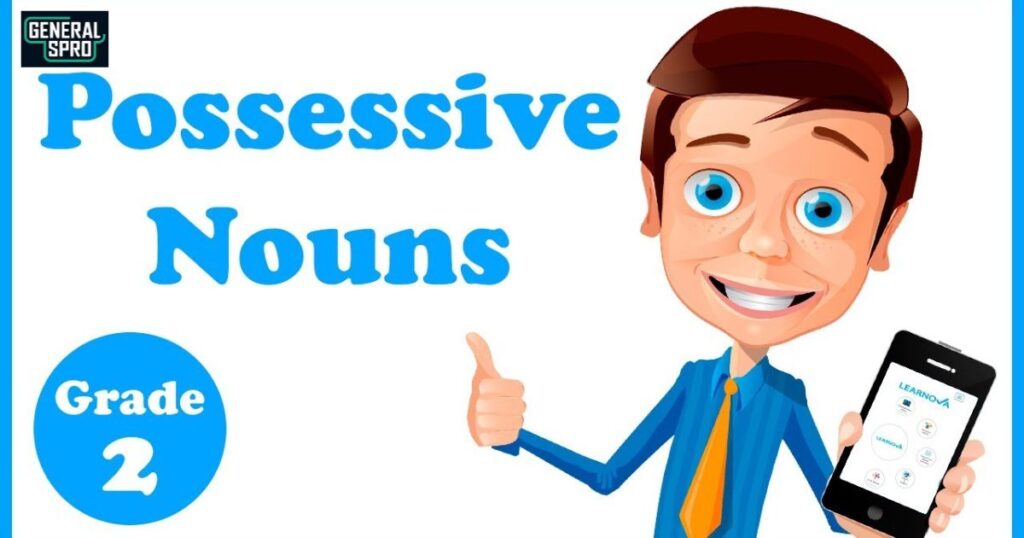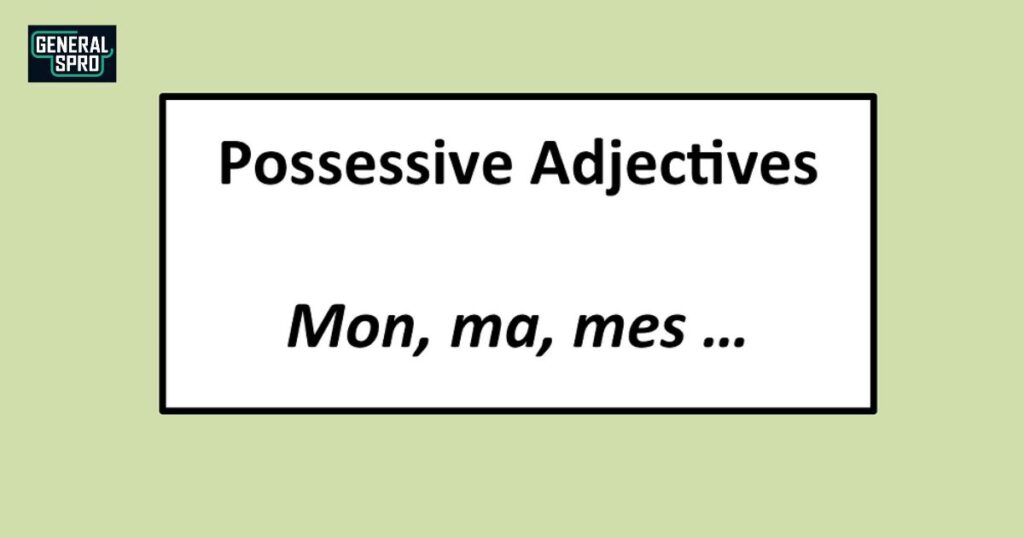Mastering English grammar rules for possessives can challenge even experienced writers. Today, we’ll tackle a common source of confusion: the difference between class’ and class’s.
Whether you’re writing academic papers, business documents, or marketing content, understanding apostrophe usage in possessive nouns is crucial for maintaining professional credibility.
Introduction
The placement of apostrophes in English writing often creates uncertainty, particularly with words ending in ‘s’ like “class.” This comprehensive guide will help you navigate singular vs. plural possessive forms and ensure your writing remains polished and professional.
We’ll explore apostrophe use in singular words ending in “s” and provide clear examples of possessive nouns with apostrophes.
Singular Possessive: Class’s

Understanding possessive grammar in English starts with mastering singular possessives. When showing ownership for a single class, the general rule favors adding ‘s, making it “class’s.”
This follows standard grammar rules for possessive apostrophes with singular nouns, even those ending in ‘s’.
Example Scenarios
Consider these practical applications of singular possessives ending in “s”:
“The class’s curriculum underwent significant changes this semester.” “Our marketing class’s project received recognition from industry leaders.” “The business class’s enrollment reached maximum capacity.”
These examples demonstrate correct usage of apostrophes in English grammar, showing how the singular possessive form clearly indicates ownership by a single class.
Plural Form: Classes
Before diving deeper into plural possessives, it’s essential to understand how to form the basic plural of “class.” Simply add -es to create “classes.”
This knowledge forms the foundation for understanding how to handle plural possessive forms correctly.
Example Scenarios
The plural form appears in various contexts: “Three classes meet in the main auditorium.” “Online classes offer flexible learning options.” “Advanced marketing classes begin next month.”
Plural Possessive: Classes’
Writing rules for possessive nouns ending in “s” become particularly relevant when dealing with plural possessives.
For plural nouns that already end in ‘s’, add only an apostrophe after the final ‘s’ to show possession. This creates “classes'” – one of the key examples of plural possessive apostrophe usage.
Example Scenarios
Here’s how to implement plural possessive apostrophe examples in practice:
“The classes’ schedules are posted online.” “All classes’ assignments must be submitted digitally.” “Both classes’ participants showed remarkable improvement.”
Important Notes on Usage
When deciding between class’ vs class’s, remember that pronunciation remains consistent regardless of the written form. Both versions sound like “classes,” which sometimes influences writers’ choices in apostrophe placement in English writing.
Clarity is Key
Consider these strategies for maintaining clarity:
- Restructure sentences when possessive forms seem awkward
- Choose the form that best serves your meaning
- Maintain consistency throughout your document
Possessive Summary Table
| Form | Example | Usage |
| Singular | class | One group or session |
| Singular Possessive | class’s | Ownership by one class |
| Plural | classes | Multiple groups or sessions |
| Plural Possessive | classes’ | Ownership by multiple classes |
Connecting Possessives to Digital Marketing
Understanding possessive forms proves particularly valuable in marketing contexts. Clear communication affects everything from course descriptions to campaign messaging. Proper grammar enhances professionalism and builds trust with your audience.
Examples of Possessives in Context

Marketing materials often require careful attention to possessive apostrophe rules. Consider these applications:
“The webinar’s landing page needs optimization.” “Each course’s unique value proposition should be clear.” “The workshop’s target audience includes senior managers.”
Plural Possessive in Marketing
When dealing with multiple courses or classes, correct plural possessive forms become crucial:
“The programs’ success rates exceeded expectations.” “All courses’ enrollment numbers showed significant growth.” “The workshops’ participants provided valuable feedback.”
Summing It Up
Remember these key points about class’s definition and examples in grammar:
- Singular possession uses ‘s (class’s)
- Plural possession adds just an apostrophe (classes’)
- Consistency matters more than strict adherence to rules
- Consider your audience’s needs when choosing forms
Historical Evolution of Possessive Forms
The English language’s possessive forms have evolved significantly over centuries. In Old English, possession was primarily shown through inflection rather than apostrophes.
The modern apostrophe system emerged during the Early Modern English period, around the 16th century, when printers began using it to indicate omitted letters.
This development gradually led to our current system of showing possession, though regional variations persisted well into the 19th century.
Common Mistakes in Possessive Usage
Writers frequently encounter challenges when applying possessive rules, particularly with words ending in ‘s’. A common error involves inconsistency in style—mixing “class’s” and “class'” within the same document.
Another frequent mistake is applying plural possessive rules to singular nouns or vice versa.
Understanding these common pitfalls helps writers maintain consistency and professionalism in their work.
International Variations in Possessive Forms
Different English-speaking regions sometimes approach possessives differently. While American English generally favors “class’s” for singular possessive, some British style guides accept “class'” as an alternative.
Australian and Canadian English typically align with American usage, but variations exist in specialized contexts or industry-specific documentation.
Digital Tools for Checking Possessive Forms
Modern writing assistance tools have become increasingly sophisticated in identifying correct possessive forms.
However, these tools sometimes struggle with context-specific usage and may not always provide accurate suggestions for complex cases. Understanding the underlying rules remains crucial for making informed decisions about tool recommendations.
Academic Writing and Possessive Forms

Academic writing demands particular attention to possessive forms, as precision and consistency are paramount. Style guides like APA, MLA, and Chicago provide specific guidance on handling possessives.
These guidelines often influence broader writing practices beyond academia, serving as references for professional communication.
Legal Implications of Possessive Usage
In legal writing, precise possessive forms can affect document interpretation. Contract language, in particular, requires careful attention to possession indicators to avoid ambiguity.
Legal professionals often develop style guides specifically addressing possessive forms in legal documents to ensure clarity and prevent misinterpretation.
Teaching Possessives to ESL Learners
English as Second Language (ESL) learners face unique challenges with possessive forms. Teaching strategies often focus on progressive complexity, starting with basic singular possessives before introducing exceptions and plural forms. Visual aids and practical exercises help reinforce understanding of these concepts.
Technical Writing and Possessive Forms
Technical documentation requires clear, consistent possessive usage to maintain precision. Style guides for technical writing often provide specific guidance on handling possessives in product documentation, user manuals, and technical specifications. This consistency helps readers navigate complex technical information effectively.
Possessives in Brand Names and Trademarks
Companies face special considerations when using possessives in brand names or trademarks. Some organizations deliberately avoid possessive forms in their names to simplify international usage and legal protection. Others incorporate possessives as part of their brand identity, requiring careful documentation of approved forms.
Digital Content and Possessive Usage
Online content creation presents unique challenges for possessive forms. Search engine optimization considerations sometimes influence possessive usage, as different forms might affect keyword recognition. Content creators must balance grammatical correctness with digital marketing requirements.
Style Guide Evolution on Possessives
Major style guides periodically update their recommendations on possessive forms. These changes reflect evolving language usage and the need for clarity in modern communication. Understanding recent updates helps writers stay current with accepted practices.
Cultural Sensitivity in Possessive Usage
Some cultures approach possession differently, affecting how multilingual content handles possessive forms.
Translation and localization efforts must consider these cultural differences when adapting content for international audiences. This awareness helps maintain effective cross-cultural communication.
Future Trends in Possessive Forms
Language evolution suggests possible changes in how we indicate possession. Digital communication platforms, international business practices, and evolving writing styles may influence future conventions.
Writers should stay informed about emerging trends while maintaining current standards.
Impact of Social Media on Possessive Usage
Social media platforms have influenced how people use possessives in informal communication. Character limits and platform conventions sometimes lead to simplified or non-standard forms.
Understanding these trends helps writers adapt content appropriately for different platforms while maintaining grammatical correctness in formal contexts.
Possessives in Specialized Industries
Different industries develop specific conventions for handling possessives. Financial documents, medical records, and scientific publications often have unique requirements for indicating possession.
Understanding industry-specific standards helps professionals communicate effectively within their fields while maintaining broader grammatical correctness.
FAQ’s
Is there a difference between class’ and class’s in formal writing?
While both forms are technically acceptable, class’s is generally preferred in formal writing according to most modern style guides. The choice should remain consistent throughout your document.
How do I handle possessives for words that end in silent ‘s’ like Illinois?
For proper nouns ending in a silent ‘s’, add only an apostrophe (Illinois’ residents). This rule helps maintain natural pronunciation while indicating possession.
When should I use italics with possessive apostrophes?
When the base word requires italics (like a book title), the possessive apostrophe and ‘s’ should appear in regular text: The Great Gatsby‘s themes.
Does the possessive form change with acronyms ending in ‘s’?
Add ‘s to form the possessive of an acronym, even if it ends in ‘s’: GPS’s accuracy, DOS’s interface. This maintains clarity and follows standard singular possessive rules.
How do I handle joint possession with multiple nouns?
For shared possession, add the possessive form only to the last noun: Tom and Jerry’s adventures. For separate possession, mark each noun: Tom’s and Jerry’s individual stories.
Should I use possessive forms with inanimate objects?
While traditionally some style guides discouraged using possessives with inanimate objects, modern usage accepts them: the computer’s hardware, the building’s entrance.
How do I form possessives with hyphenated compounds?
Add the possessive marker to the final word of the compound: mother-in-law’s house, editor-in-chief’s decision. This maintains clarity and follows standard grammatical conventions.
Are there special rules for academic course names in possessive form?
When referring to course names, use the possessive form just as you would with any other noun:
Biology 101’s syllabus, Advanced Marketing’s requirements. Maintain consistency throughout academic documents.
Conclusion
Mastering the correct usage of apostrophes in English grammar enhances your professional communication. While debates about when to use class’ or class’s continue among language experts, following these guidelines ensures clear, professional writing.
Remember that effective communication sometimes means choosing clarity over strict grammatical rules.








